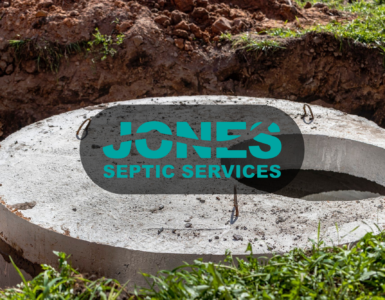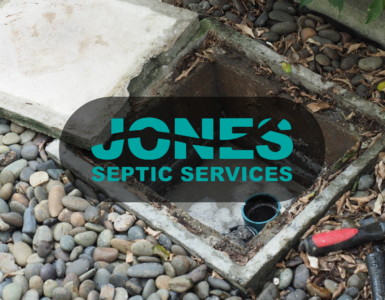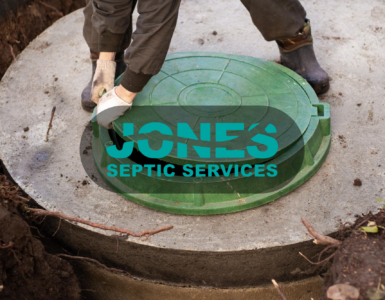When a septic system malfunctions, it can turn into a nightmare for homeowners and commercial property owners alike. In Dutchess County—where rural and semi-rural properties dominate the landscape—many residences and businesses rely heavily on well-functioning septic systems due to limited access to municipal sewer services. A small issue, if overlooked, can quickly escalate into a costly and hazardous situation involving backups, foul odors, groundwater contamination, or even complete system failure.
What makes septic care even more critical in this region is the unique soil compositions and seasonal weather variations that impact how systems drain and decompose waste. Heavy rainfall or rapid snowmelt can over-saturate drain fields, while poorly maintained tanks can overflow or crack under the pressure. And because many homes are set on older properties with legacy septic infrastructure, problems can arise from outdated designs or inadequate capacity.
Identifying and addressing issues early can save time, money, and the headache of emergency repairs. A gurgling toilet, slow drains, or patches of lush grass over your drain field might seem like minor inconveniences, but they often signal underlying issues that require immediate attention. Ignoring these signs can lead to complete system collapse, environmental hazards, and in worst-case scenarios, legal penalties for contamination.
This comprehensive guide explores the most common septic system problems seen throughout Dutchess County—from clogged baffles to tank leaks—detailing how property owners can diagnose these issues and the steps they can take to prevent further damage. Whether you’re managing a historic home in Rhinebeck or a small business in Poughkeepsie, this resource is designed to empower residents with the knowledge and preventative strategies they need to protect their property and the environment.
Understanding the Basics of a Septic System
Before diving into diagnostics, it’s essential to have a foundational understanding of how a typical septic system works. This knowledge helps property owners in Dutchess County recognize potential red flags and communicate more effectively with service professionals when issues arise. A standard septic system includes several core components, each playing a crucial role in the safe and efficient treatment of wastewater.
Septic Tank
The septic tank is the heart of the system. Typically made of concrete, fiberglass, or polyethylene, it serves as the initial holding area for wastewater from your household plumbing. Inside the tank:
- Solids settle to the bottom to form sludge.
- Fats, oils, and grease float to the top, creating a layer of scum.
- Partially clarified liquid, or effluent, sits in the middle and eventually flows out to the drain field.
Regular pumping is necessary to remove the accumulated sludge and scum, which, if left unchecked, can overflow and clog downstream components.
Drain Field (Leach Field)
Once the effluent leaves the septic tank, it travels to the drain field, also known as a leach field. This component comprises a series of perforated pipes laid in gravel-filled trenches. The key function here is soil absorption and natural filtration:
- Effluent is evenly distributed through the pipes.
- The surrounding soil treats the wastewater by removing harmful bacteria, viruses, and nutrients before it reaches groundwater.
If the soil is compacted, saturated, or clogged with solids, this process breaks down, leading to system failure.
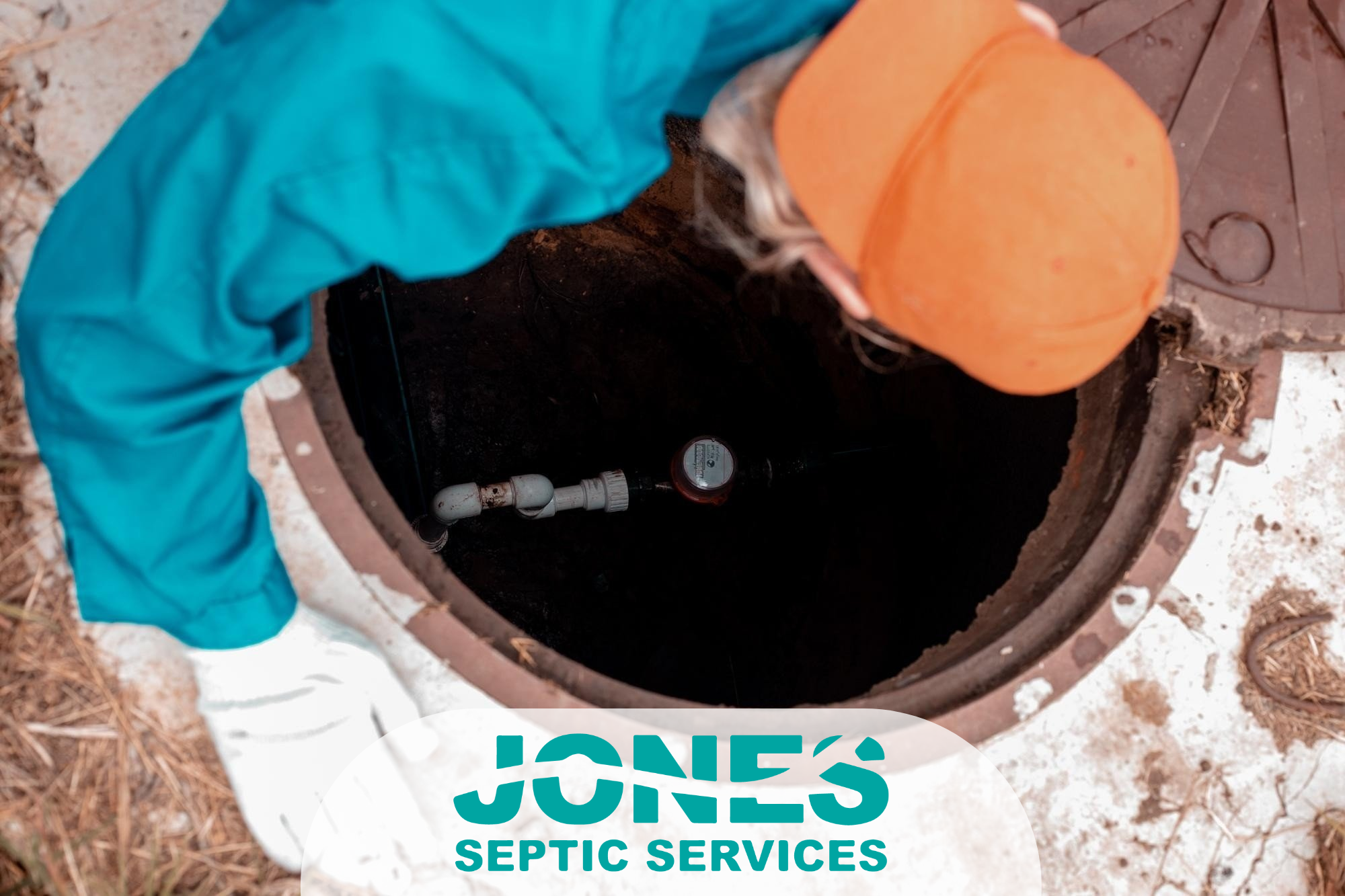
Pipes and Baffles
- Inlet and outlet pipes connect your home’s plumbing to the tank and the tank to the drain field. Any damage or misalignment in these pipes can result in backups or uneven distribution of waste.
- Baffles, located at both ends of the tank, regulate flow and prevent solids from escaping into the drain field. They are vital in protecting the soil absorption area from contamination and blockages.
In some systems, additional components such as distribution boxes, effluent filters, or lift stations may be present to support larger properties or complex layouts.
Each part must function correctly for the system to operate safely and efficiently. A failure in one area—whether due to physical damage, neglect, or age—can compromise the entire system, leading to environmental risks and expensive repairs. By understanding how these components interact, Dutchess County residents can be more proactive in monitoring their system’s health and scheduling routine maintenance.
Warning Signs of a Failing Septic System
Septic system issues rarely begin with dramatic failures. In fact, most start with subtle symptoms that, if caught early, can prevent major damage and costly repairs. Homeowners and property managers in Dutchess County should stay vigilant for these early indicators, particularly in areas with older infrastructure or heavy seasonal water flow. Here are the most common red flags that your septic system might be in trouble:
- Slow Drains Throughout the Home
If water drains sluggishly from multiple fixtures—sinks, bathtubs, showers, and toilets—it’s often an early sign of trouble. This symptom may indicate a blockage within the pipes, a full septic tank nearing capacity, or even a developing clog at the tank’s outlet or baffles. Unlike a single slow drain, system-wide drainage problems suggest that wastewater is struggling to flow out of your home effectively.
- Foul Odors Indoors or Outdoors
Unpleasant smells are one of the most obvious—and uncomfortable—signs of septic trouble. If you notice a sewage-like odor in your bathroom, kitchen, basement, or outside near the drain field or tank, it could signal:
- A leaking tank
- A cracked pipe
- An overfull system emitting gases like methane and hydrogen sulfide
These odors aren’t just annoying—they indicate that harmful bacteria may be escaping into your environment.
- Standing Water Over the Drain Field
Pools of water or persistently soggy areas in your yard, especially over the leach field, suggest that wastewater is not being adequately absorbed into the soil. Causes include:
- Soil saturation due to heavy rain
- Root invasion into the drain lines
- Clogged pipes or excessive sludge from an unpumped tank
These conditions can contaminate local groundwater and require urgent intervention.
- Unusually Green or Lush Grass
A healthy lawn is desirable, but if you notice unusually green or rapidly growing patches of grass specifically over your septic tank or drain field, it may be absorbing leaking nutrients from effluent escaping the system. This “fertilizer effect” is not only a warning sign of leakage—it can signal system imbalance or damage below the surface.
- Backups and Overflows in the Home
Sewage backing up into toilets, bathtubs, or floor drains is the most severe and dangerous indicator of septic failure. This typically means:
- The tank is full or blocked
- The drain field is not functioning
- The effluent has nowhere to go
This situation poses serious health risks and demands immediate professional assistance to prevent exposure to pathogens and property damage.
How to Diagnose Septic System Issues
Diagnosing problems early is crucial. Here are the main steps:
Visual Inspection
While professional assessments are critical for a full septic system evaluation, homeowners and property managers in Dutchess County can perform basic visual inspections to catch signs of trouble early. Regularly walking your property and knowing what to look for can help you spot problems before they escalate into costly repairs.
Standing Water or Surface Puddles
Check the area above and around your drain field and septic tank. Pools of water or consistently soggy ground, especially in dry weather, often indicate that your system is not processing wastewater effectively. This could point to:
- Drain field saturation
- A leaking or overflowing tank
- Blockages in the distribution lines
Unusually Lush or Fast-Growing Grass
Pay attention to changes in lawn growth patterns. If one section of grass—especially over the tank or leach field—appears unusually green, thick, or fast-growing, it may be absorbing nutrients from leaking effluent. While this might seem like a natural fertilizer boost, it’s usually a sign of trouble below the surface.
Tank Covers That Appear Misaligned, Cracked, or Sunken
The access lids or risers for your septic tank should sit flush with the ground and remain intact. Signs of shifting, cracks, or depressions may indicate:
- Tank structural issues
- Soil erosion or compaction
- Improper backfill after prior maintenance
These conditions could lead to hazardous exposure or allow groundwater to seep into the system, affecting performance.
Olfactory Clues
One of the most immediate—and unmistakable—signals that something is wrong with your septic system is an offensive odor. While unsightly symptoms may take time to appear, your nose often detects trouble before it becomes visible. Dutchess County homeowners should not ignore persistent or unusual smells around their property, as these can serve as early warnings of system failure.
The Scent of Trouble
The typical odor associated with septic issues is a strong, sulfurous, or sewage-like smell, similar to rotten eggs. This is caused by the release of gases such as hydrogen sulfide, methane, and ammonia—byproducts of the bacterial breakdown of organic matter in the septic tank.
Common Locations for Odor Detection
- Around the Septic Tank or Drain Field: Strong smells in these areas may indicate leaks, overflowing effluent, or surface discharge due to system saturation or blockages.
- Inside the Home: Odors coming from drains, toilets, or the basement could signal a backup or a broken vent pipe allowing gases to escape indoors.
- Near Vent Pipes: A septic system’s vent allows gases to safely dissipate. If blocked or damaged, gases may escape at ground level, affecting air quality around your home.
When Smells Are a Red Flag
While occasional odors might occur after heavy rain or system pumping, persistent smells are not normal. They can signal:
- Cracks or leaks in the tank or pipes
- Drain field failure
- Improperly sealed or dislodged tank covers
- Blocked plumbing vents
Water Usage Review
Your septic system is designed to handle a certain volume of wastewater each day. When household water use exceeds that capacity, the system becomes overwhelmed, leading to backups, poor waste breakdown, and even total system failure. In Dutchess County—where many homes are off the sewer grid—being mindful of water consumption isn’t just good for the environment, it’s essential for protecting your property.
How High Water Usage Affects Your Septic System
Excess water reduces the system’s ability to separate solids and process effluent effectively. If water enters the tank faster than it can be treated:
- Solids may be pushed into the drain field, causing clogs or damage.
- The drain field may flood, preventing proper filtration and allowing untreated wastewater to surface.
- The tank may fill prematurely, leading to backflows into household plumbing.
Common Causes of Overuse
- Frequent laundry loads in one day rather than spreading them out
- Long showers or multiple baths
- Running dishwashers for partial loads
- Leaky toilets and faucets, which can waste hundreds of gallons daily
- Unnecessary water use outdoors, like overwatering lawns directly above the drain field
Smart Water Habits to Adopt
To protect your septic system and extend its life, implement the following practices:
- Fix leaks immediately – a single leaky faucet can waste over 3,000 gallons a year.
- Install low-flow plumbing fixtures – including toilets, showerheads, and faucets.
- Use high-efficiency appliances – ENERGY STAR-rated dishwashers and washing machines reduce overall consumption.
- Space out water-heavy activities – do laundry every other day instead of all at once.
- Redirect roof gutters and sump pumps away from the septic field to prevent oversaturation.
Professional Inspections
Routine professional inspections are one of the smartest and most cost-effective strategies for maintaining a healthy septic system. While visual checks and good homeowner practices go a long way, only a trained technician can identify subtle issues that could develop into costly failures if left unchecked. For homeowners and business owners in Dutchess County, scheduling annual or biannual septic tank inspections isn’t just recommended—it’s essential.
Why Professional Inspections Matter
A comprehensive inspection goes beyond surface-level observation. It involves:
- Measuring scum and sludge levels in the septic tank
- Inspecting baffles and tees for cracks or wear
- Checking for signs of tank corrosion, leaks, or root infiltration
- Ensuring proper flow between the tank and drain field
- Evaluating the structural integrity of tank lids and risers
- Testing pumps, floats, and filters (if applicable)
These evaluations can uncover developing issues like minor clogs, component fatigue, or early-stage drain field saturation—problems that can be resolved easily if caught early but escalate quickly if ignored.
Benefits for Dutchess County Property Owners
- Protects property value by keeping the system in peak condition
- Avoids emergency calls by identifying problems before they become critical
- Ensures regulatory compliance, especially for real estate transactions or properties near protected land and water sources
- Saves money long-term by minimizing the risk of major repairs or full system replacements
When and How Often to Schedule Inspections
For most residential systems in Dutchess County, one inspection per year is sufficient. However, you may need more frequent checkups if:
- Your household is large or has high water usage
- You operate a business or rental property
- You’ve recently had issues or repairs
- You live in an older home with a legacy system
Always schedule your inspection through a licensed septic service provider familiar with local soil conditions, seasonal fluctuations, and health codes.
Common Septic System Issues and Their Solutions
Tank Overflows
A full tank can result from infrequent pumping or high usage. Schedule regular Dutchess County NY Septic Tank Pumping to prevent this.
Clogged Pipes
Roots, grease, and non-biodegradable materials can block pipes. Professional pipe snaking and cleaning services are the best solution.
Drain Field Failure
Caused by compaction, roots, or saturation, drain field issues require expert Drain Field Repairs & Installations.
Leaks and Cracks
Aging tanks can develop leaks, contaminating soil and groundwater. Immediate Dutchess County Septic Tank Repair is critical.
System Age
Older systems may not meet current codes. Consider upgrading through Dutchess County NY Septic Tank Installation services.
Preventive Maintenance Tips
Maintaining your septic system isn’t just about preventing disasters—it’s about ensuring long-term performance, environmental protection, and cost savings. In Dutchess County, where many homes and properties rely on septic systems instead of municipal sewer lines, routine care is especially important. Below are proactive maintenance practices that can extend the life of your system and help you avoid emergency repairs.
- Pump Regularly Based on Usage
One of the most critical aspects of septic care is timely pumping. The general rule is every 3 to 5 years, but this varies based on household size, system capacity, and water usage. Large families or properties with high water consumption may require annual or biennial service.
- Pro Tip: Keep a maintenance log with your pumping schedule, inspection reports, and repair history.
- Monitor and Reduce Water Usage
Excessive water can overload your system and lead to drain field failure. Here’s how to conserve water effectively:
- Fix leaking faucets and toilets promptly.
- Install high-efficiency toilets, showerheads, and washing machines.
- Spread out laundry loads over the week to avoid water surges.
- Use dishwashers and washing machines only with full loads.
This helps prevent hydraulic overload, allowing your septic system time to properly treat wastewater.
- Be Smart About Waste Disposal
What goes down your drain matters. Septic systems rely on natural bacterial processes, and introducing the wrong materials can disrupt this balance or cause clogs.
Never flush or pour down the drain:
- Grease, oil, or fat
- Wipes (even those labeled “flushable”)
- Feminine hygiene products
- Cat litter
- Harsh chemicals or antibacterial soaps
Opt for septic-safe toilet paper and cleaning products, and consider composting food waste instead of using a garbage disposal frequently.
- Landscape with Your Septic System in Mind
Tree roots are a common culprit behind septic line damage and drain field blockages. To protect your system:
- Keep trees and shrubs at least 20 feet away from your septic tank and drain field.
- Choose shallow-rooted ground cover or grass for landscaping over the drain field.
- Avoid placing heavy structures like sheds, driveways, or pools over any part of the septic system.
Proper landscaping can preserve system access for future maintenance while preventing physical damage.
- Schedule Routine Professional Inspections
Regular inspections by a licensed septic professional help catch small issues before they escalate into major failures. A typical inspection should include:
- Checking tank levels and scum/sludge layers
- Examining baffles and tees
- Verifying flow and drainage from the tank to the drain field
- Looking for signs of leaks, cracks, or corrosion
In Dutchess County, it’s wise to schedule an inspection annually, especially if you notice any of the warning signs covered earlier.
The Role of Professional Septic Services
While some maintenance tasks can be handled independently, most septic system work should be done by professionals. Trained technicians have the tools and expertise to safely and efficiently manage everything from routine pumping to complex repairs.
Services such as:
- Dutchess County NY Septic Tank Cleaning
- Pipe Snaking & Cleaning
- Septic System Inspections
- Sewer & Water Repairs
- Portable Toilet Rentals
…are essential for property owners looking to maintain health and safety standards.
Regulatory Considerations
Property owners in Dutchess County must also adhere to local regulations concerning septic systems. The New York State Department of Environmental Conservation provides guidelines on system installation and maintenance, while the Dutchess County Department of Behavioral & Community Health oversees local compliance.
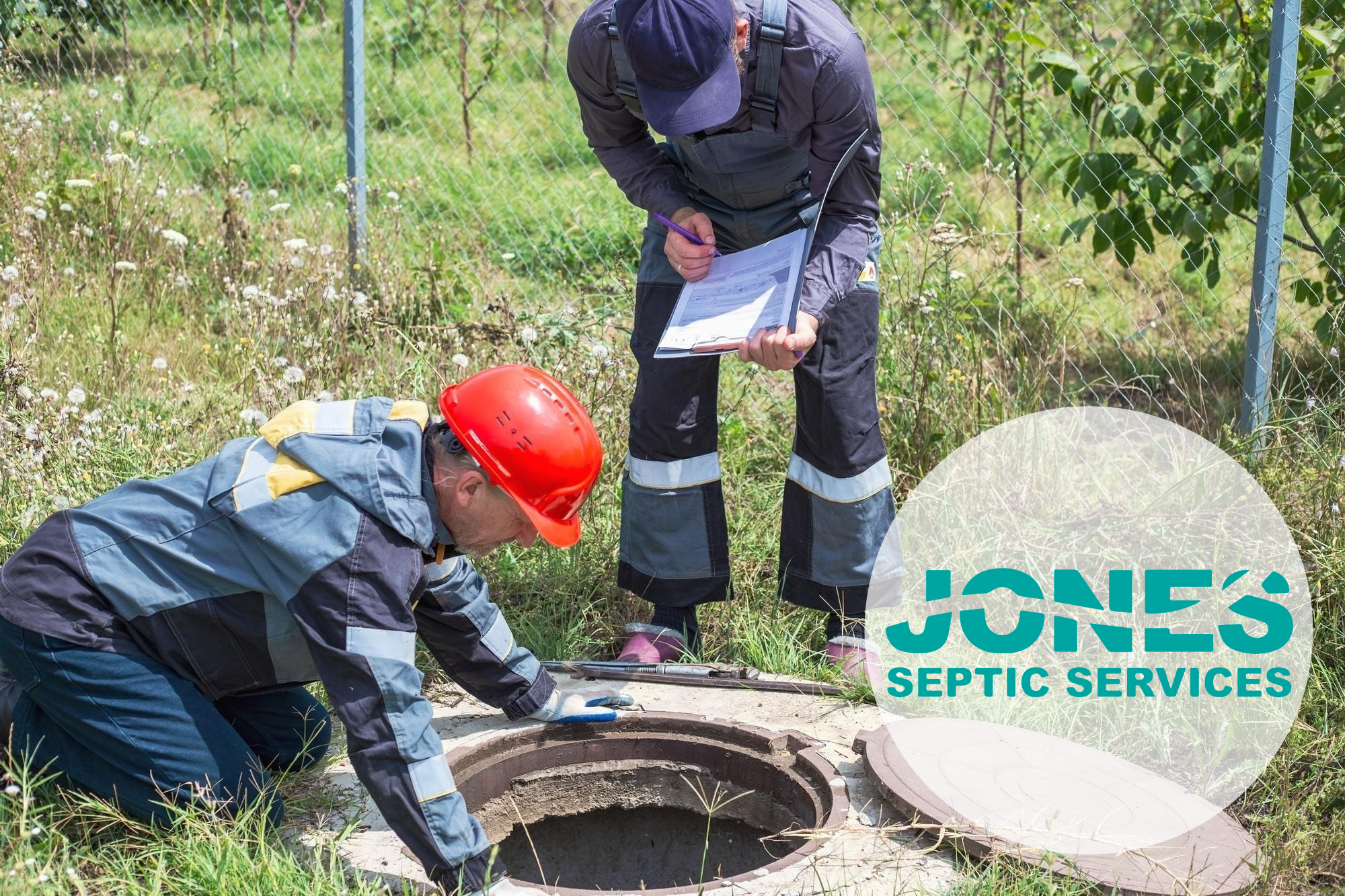
Choosing the Right Septic Service Provider
Selecting a trustworthy septic service provider is just as important as maintaining the system itself. An experienced, reliable company not only ensures that routine maintenance and emergency repairs are handled efficiently but also helps you understand and optimize your system for long-term performance. In Dutchess County, where septic needs are influenced by soil types, weather conditions, and property layouts, local expertise makes a world of difference.
Here’s what to look for in a top-tier septic service provider:
Certified and Experienced Technicians
The best companies employ technicians certified by the Department of Environmental Conservation or equivalent agencies. These professionals understand how to navigate Dutchess County’s regulatory requirements, local terrain, and system variations with precision and care.
Transparent Pricing and Detailed Estimates
No one likes surprise fees. A reputable provider will offer upfront pricing, detailed estimates, and honest explanations of any necessary work. Whether it’s a routine pump or an emergency repair, clarity and fairness in cost build long-term trust.
Emergency Services When You Need Them Most
Septic emergencies don’t wait for business hours. A reliable provider offers 24/7 emergency support, ensuring you’re never left dealing with a messy backup alone—especially during heavy rain seasons or peak holidays.
Excellent Local Reputation
Online reviews and word-of-mouth referrals are invaluable when selecting a provider. Look for consistent praise in areas like response time, professionalism, and cleanliness. A strong local reputation is a powerful indicator of reliability.
Full-Service Capabilities
The ideal partner should offer more than just pumping. From inspections and repairs to installations and drain field restoration, full-service providers streamline your care and reduce the need to coordinate with multiple contractors.
Why Jones Septic Service Stands Out
Jones Septic Service checks every one of these boxes and more. Known throughout Dutchess County for their fast response times, courteous technicians, and high-quality workmanship, they bring decades of expertise to every job—no matter the size. Whether you need routine maintenance or urgent support, their team is equipped to deliver:
- Certified expertise with local insight
- Clear, competitive pricing
- Round-the-clock emergency service
- Comprehensive service offerings—from pumping to inspections
- Rave reviews from satisfied homeowners and businesses
Final Thoughts on Septic System Care
Understanding the signs of septic trouble and taking preventive steps can significantly reduce the risk of costly repairs. Whether it’s a residential or commercial property, maintaining a septic system is an investment in property value and public health.
Don’t wait for a small problem to become a major one. Trust the experts at Jones Septic Service to handle all your septic system needs with efficiency and care.
Get in touch today for a professional assessment or to schedule routine maintenance!


